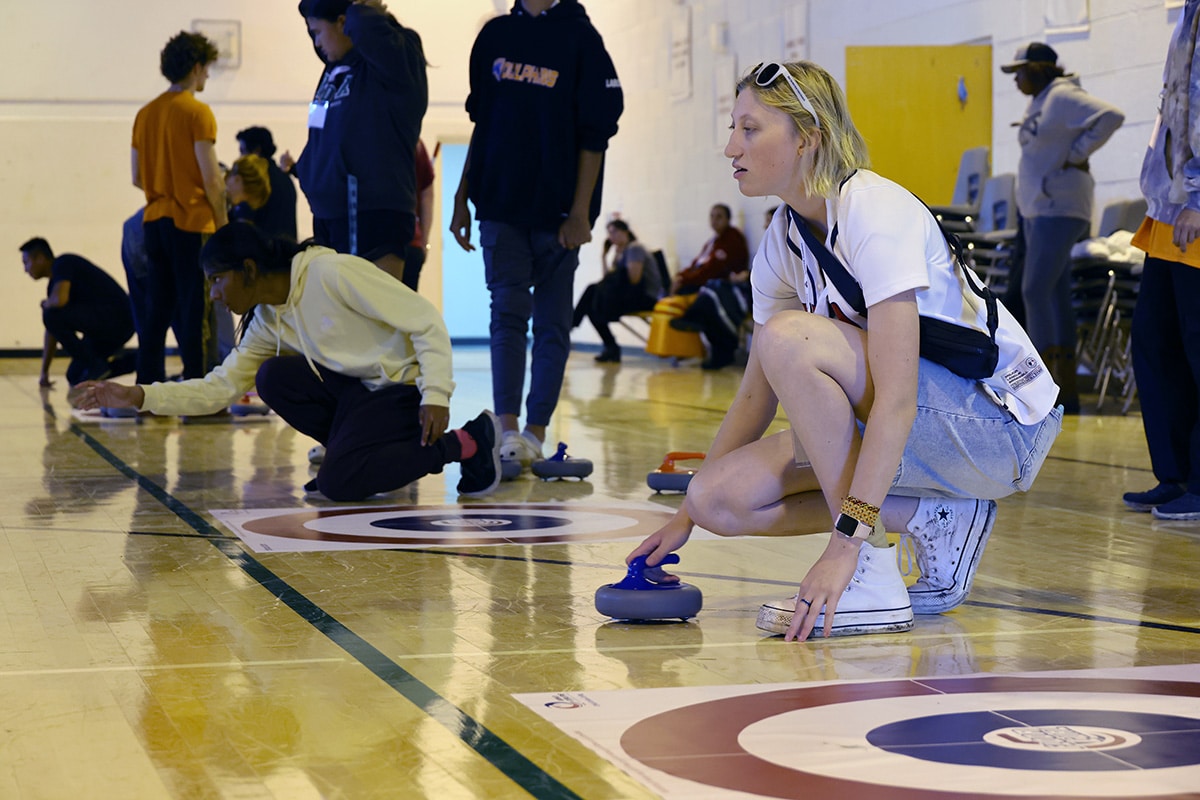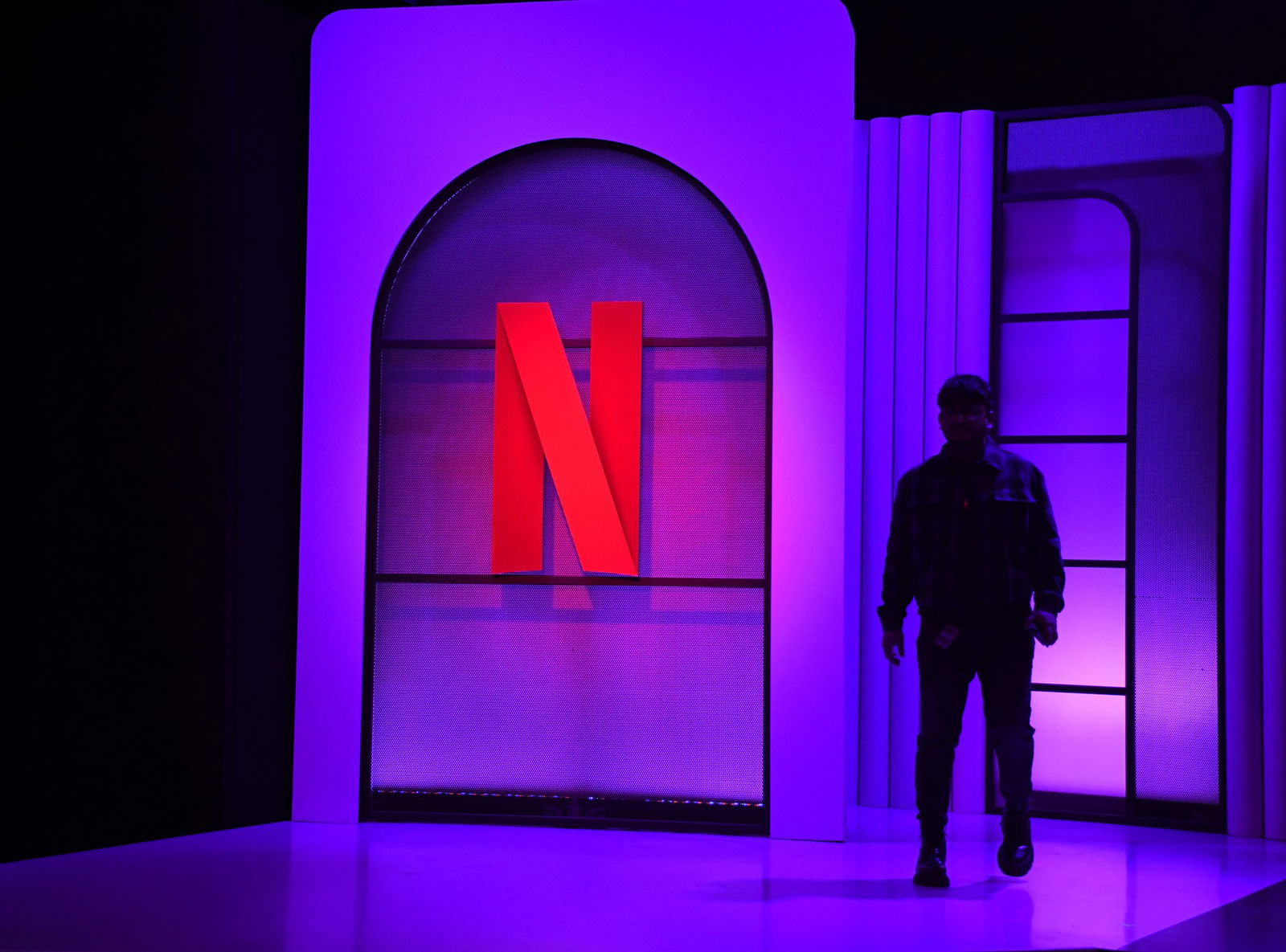Artificial intelligence is the magic of the moment but this is a story about what’s next, something incomprehensible. Tomorrow, IBM will announce an advance in an entirely new type of computing — one that could solve problems in minutes that would take today’s supercomputers millions of years. This is the difference between quantum computing, a technology being developed at IBM, Google and others. It is named after quantum physics, which describes the forces of the subatomic world. The science is deep and we can’t scratch the surface, but we hope we explain enough so that you won’t be surprised by a breakthrough that could change civilization.
The quantum computer pushes the frontiers of knowledge – new sciences and new engineering – all leading to this processor that computes with the atomic forces that created the universe.
Dario Gil: I think at this moment it looks to us like the pioneers of the 1940s and 1950s who were building the first digital computers.
Dario Gil is something of a quantitative crusader. Spanish-born and holds a Ph.D. Gil has a bachelor’s degree in electrical engineering and is head of research at IBM.
Scott Pelley: How fast is this computer compared to the best supercomputers in the world today?
Dario Gil: We are now at a point where we can do certain calculations using these systems that would require the largest supercomputers in the world to be able to do some similar calculations. But the beauty of it is that we see that we will continue to expand that capacity, so that not even a million or billion of these supercomputers connected together can do the calculations for these future machines. We have come a long way. The most exciting part is that we have a road map and a journey now, as this will continue to increase at a rate that will be shocking.
60 minutes
Scott Pelley: I’m not sure the world is ready for this change.
Dario Gil: Absolutely not.
to Understands Change, we go back to 1947 and the invention of a switch called the transistor.
Computers have processed information on transistors ever since, and have gotten faster as more transistors are squeezed onto the chip — billions of them today.
But it takes Which Many because each transistor carries information in only two states. It is either on or off, like a coin, heads or tails. Quantum ditches transistors and encodes information about electrons behaving like them this The currency we created with the animation. Electrons behave in such a way that they have heads And Tails and everything in between. You’ve gone from dealing with one piece of information at a time on a transistor to dealing with exponentially more data.
Michio Kaku: You can see that there is an amazing amount of information stored, when you can look at all possible angles, not just up or down.
Physicist Michio Kaku of the City University of New York actually calls today’s computers “classical.” The maze is used to explain quantum variation.
Michio Kaku: Let’s look at a classic computer that calculates how a mouse navigates a maze. It hurts. One by one, he has to map every left turn, right turn, left turn, and right turn before he finds the target. Now a quantum computer scans all possible routes simultaneously. It is amazing. How many turns are there? Hundreds of possible turns, right? Quantum computers do it all at once.
Kaku’s book, Quantum Supremacy, explains the risks.
Michio Kaku: We’re looking at a race, a race between China, between IBM, Google, Microsoft, Honeywell, and all the big boys in this race to create a practical and efficient quantum computer. Because the country or company that does this will rule the global economy.
60 minutes
But a reliable general-purpose quantum computer is still very difficult. Maybe that’s why there’s this wall in the lobby of Google’s quantum lab in California.
Here, we get an inside look, starting with a microscopic view of what will replace the transistor.
Google employee: This here is one qubit and this is another qubit, this is a string of five qubits.
These intersections, below, are qubits, short for quantum bits. They carry electrons and behave like artificial atoms. Unlike transistors, each additional qubit doubles the computer’s power. It’s exponential. So, while 20 transistors are 20 times more powerful than a single transistor. Twenty qubits are a million times more powerful than one.
Charina Chu: So this is sitting here on the refrigerator.
Charina Chu, COO of Google Lab, showed us the processor that holds the qubits. Too much of that above causes the qubits to cool to what physicists call near absolute zero.
Scott Pelley: Nearly absolute zero is about 460 degrees below zero Fahrenheit. So this is as cool as anything can get.
Charina Chu: Yeah, almost as cold as can be.
This temperature, inside a closed computer, is considered one of the coldest places in the universe. Deep freezing eliminates electrical resistance and isolates the qubits from external vibrations so that they can be controlled using an electromagnetic field. The qubits must vibrate in perfect unison. But this is a tricky trick called coherence.
Scott Pelley: Once you achieve coherence between qubits, how easy is it to maintain that?
Charina Zhou: It’s really difficult. Cohesion is very difficult.
Cohesion is fleeting. In all similar machines, cohesion constantly breaks down, leading to errors.
Charina Chu: We make about one mistake in about every hundred steps. Ultimately, we think we’ll need about one error in about every million steps. This will likely be identified as one of the biggest barriers.
60 minutes
Mitigating these errors and extending coherence time while scaling up to larger machines are challenges facing German-American scientist Hartmut Niven, who founded Google Lab and its informal approach in 2012.
Scott Pelley: Can the problems facing quantum computing be solved?
Hartmut Niven: I have to admit that my subtitle here is “The Big Optimist.” Having said that, I would say at this point, we do not need any more fundamental breakouts. We need little improvements here and there. If we have all the pieces together, we just need to integrate them well to build bigger and bigger systems.
Scott Pelley: Do you think all of this will be integrated into a system over any period of time?
Hartmut Nevin: Yes. We often say we want to do it by the end of the decade so we can use that Kennedy saying, “Get it done by the end of the decade.”
Scott Pelley: The end of this decade?
Hartmut Nevin: Yes.
Scott Pelley: Five or six years?
Hartmut Nevin: Yes.
This is about the timeline that Dario Dell expects. IBM’s research director told us something surprising.
Scott Pelley: There are problems that classical computers can never solve.
Dario Gil: It can never be solved. And I think that’s an important point because we used to say, “Oh, computers are getting better.” In fact, there are many, many problems so complex that we can make the statement, “Actually, classical computers would never be able to solve this problem.” “Not now, not 100 years from now, not 1,000 years from now.” You actually need a different way of representing information and processing information. That’s what quantum gives you.
Quantum can give us answers to impossible problems in physics, chemistry, engineering and medicine. That’s why IBM and the Cleveland Clinic have installed one of the first quantum computers to leave the lab and into the real world.
Serpil Erzurum: It takes a lot of time to find the solutions we need.
60 minutes
We sat down with Dario Gil and Dr. Serpil Erzurum, chief research officer at Cleveland Clinic. She told us that healthcare would change if quantum computers could model the behavior of proteins – the molecules that regulate all life. Proteins change their shape to change their function in ways that are too complex to follow. When they make mistakes, it causes illness.
Serpil Erzurum: It takes many forms, many, many forms, depending on what it does, where it’s located, and what other protein it contains. I need to understand what it looks like when he is performing a reaction or function that I do not want him to perform for that patient. Cancer, autoimmunity. its a problem. We are completely limited by the computational ability to look at the real-time structure of any molecule, even a single molecule.
The Cleveland Clinic is so proud of its quantum computer that it installed it in its lobby. Behind the glass is that shiny silver cylinder that houses the type of cooling system and processor you saw earlier. Quantity has not solved the protein problem yet. This serves as a pilot experiment to introduce researchers to the possibilities of quantum.
Scott Pelley: Do people who use this device have to learn a completely different way to communicate with the computer?
Dario Gil: I think that’s the really nice thing, is that you’re actually using a regular laptop, and writing a program that’s very similar to writing a traditional program. But when, you know, you click “Go” and “Run,” it happens to run on a completely different type of computer.
There are six designs competing in the race. China has made quantum a top national priority, and the US government spends nearly $1 billion annually on research. The first change will come next year when the United States publishes new encryption standards because it is expected that quantum will one day be able to crack the codes that lock up everything from national secrets to credit cards. Tomorrow, IBM will unveil its second quantum system that contains three times the qubits in the machine I saw in Cleveland. Last August, we saw the second system under construction.
Dario Gil: It’s a machine unlike anything we’ve ever made.
Scott Pelley: And that’s it.
Dario Gil: And that’s it.
IBM’s Dario Gil told us that the second system has room to scale to thousands of qubits.
Scott Pelley: What are the odds that this is one of those things that will be ready in five years and always will be?
Dario Gil: We see no obstacle at the moment that prevents us from building systems containing tens of thousands and even 100 thousand qubits that work with each other. So we are very confident that we will get there.
Of all the amazing things we heard, it was physicist Michio Kaku who led us to the biggest clue of all. He said we were walking through a quantum computer. Processing information using subatomic particles is how the universe works.
Michio Kaku: You know, when I look up at the sky at night, and I see the stars, and I look at the flowers, and the trees, I realize that everything is quantum, and the magnificence of the universe itself. The language of the universe is quantum language.
Learning that language may bring you unimaginable speed. A computer of reverse engineering nature can be a window into creation itself.
Produced by Dennis Scherer-Sita and Katie Brennan. Broadcast colleagues Michele Karim and Elisa Costas. Edited by Warren Lustig


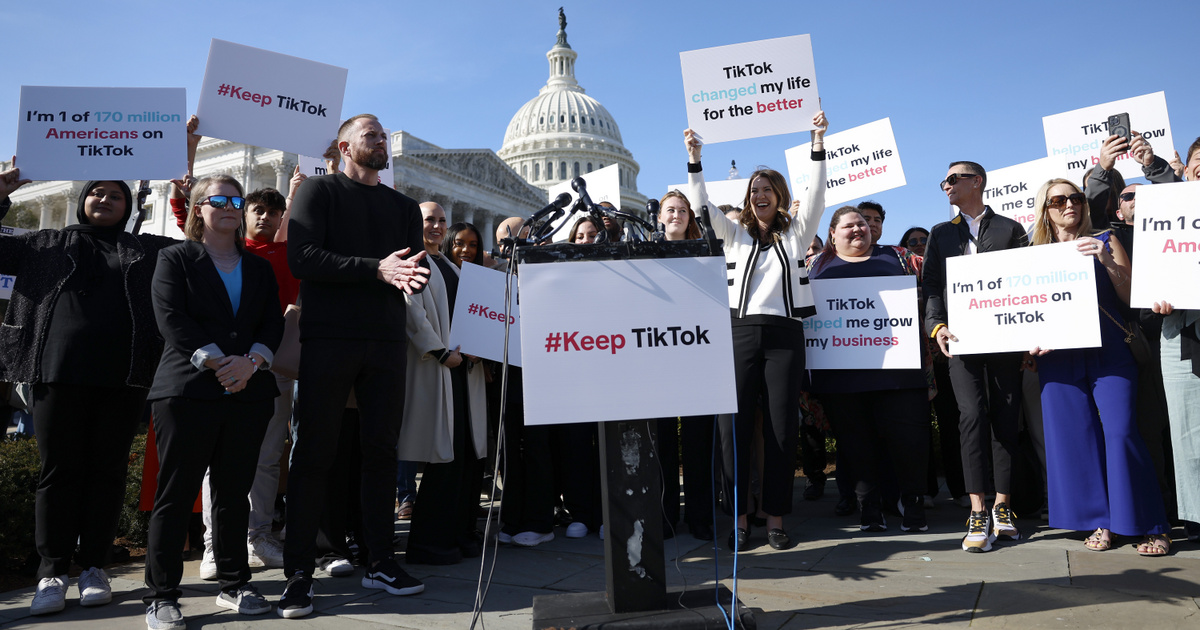








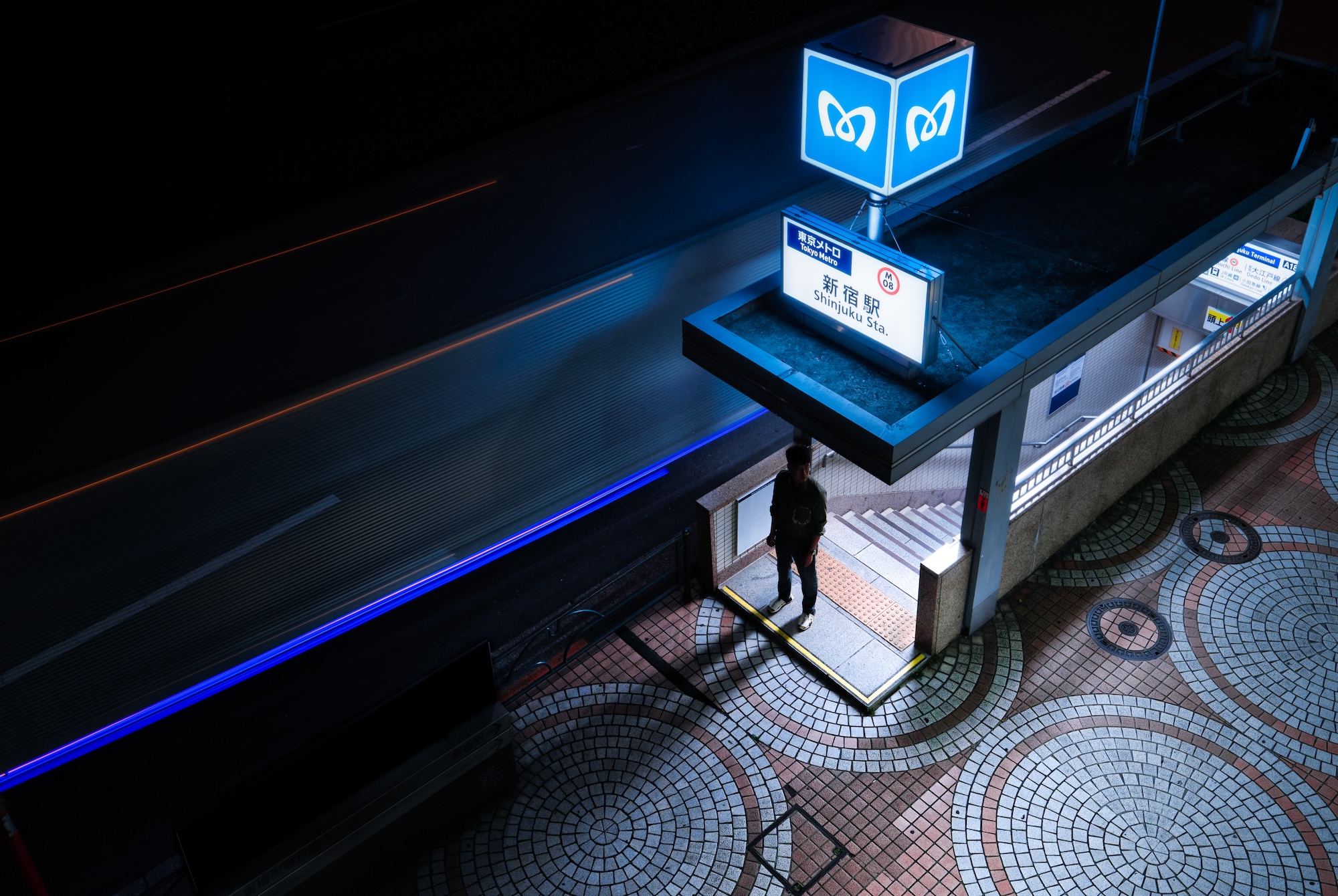




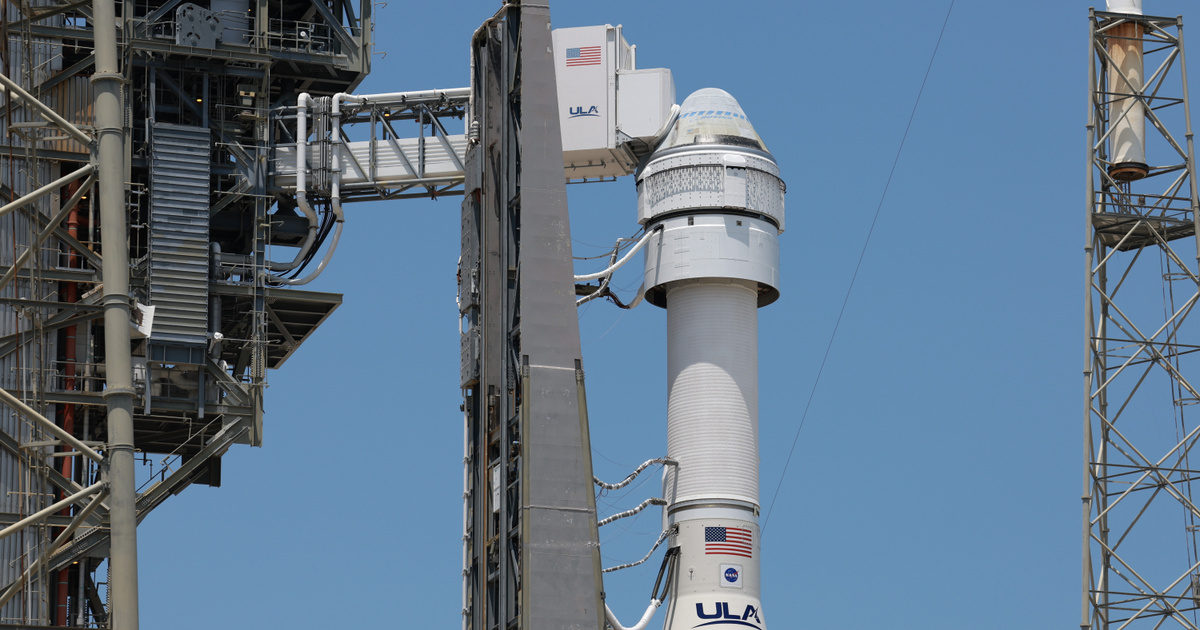
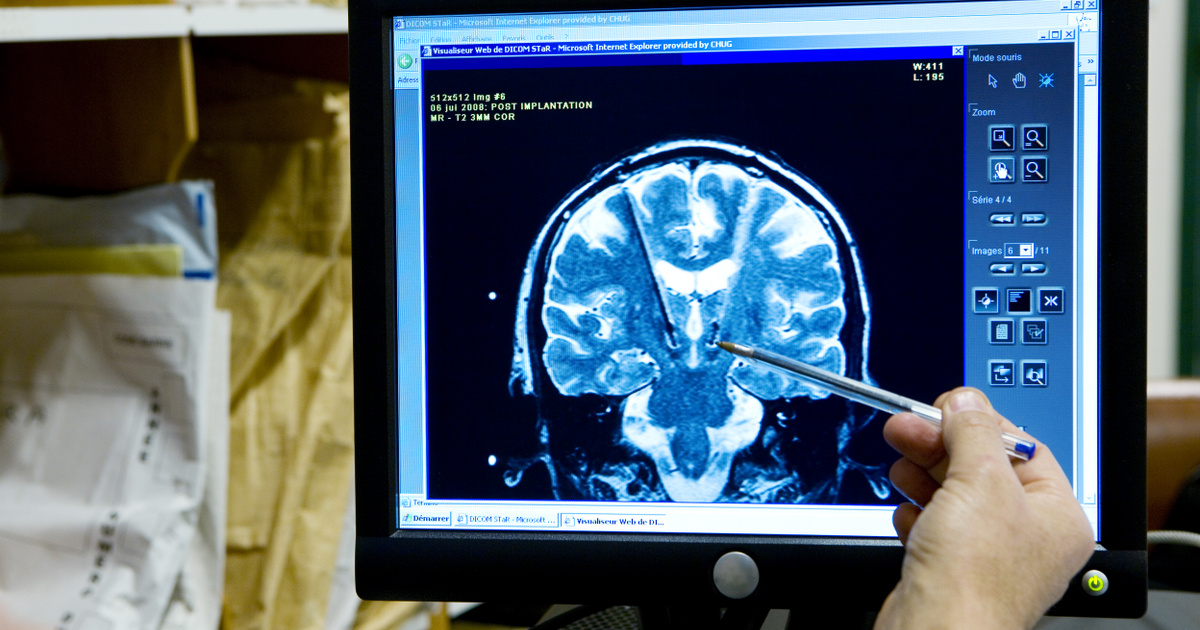
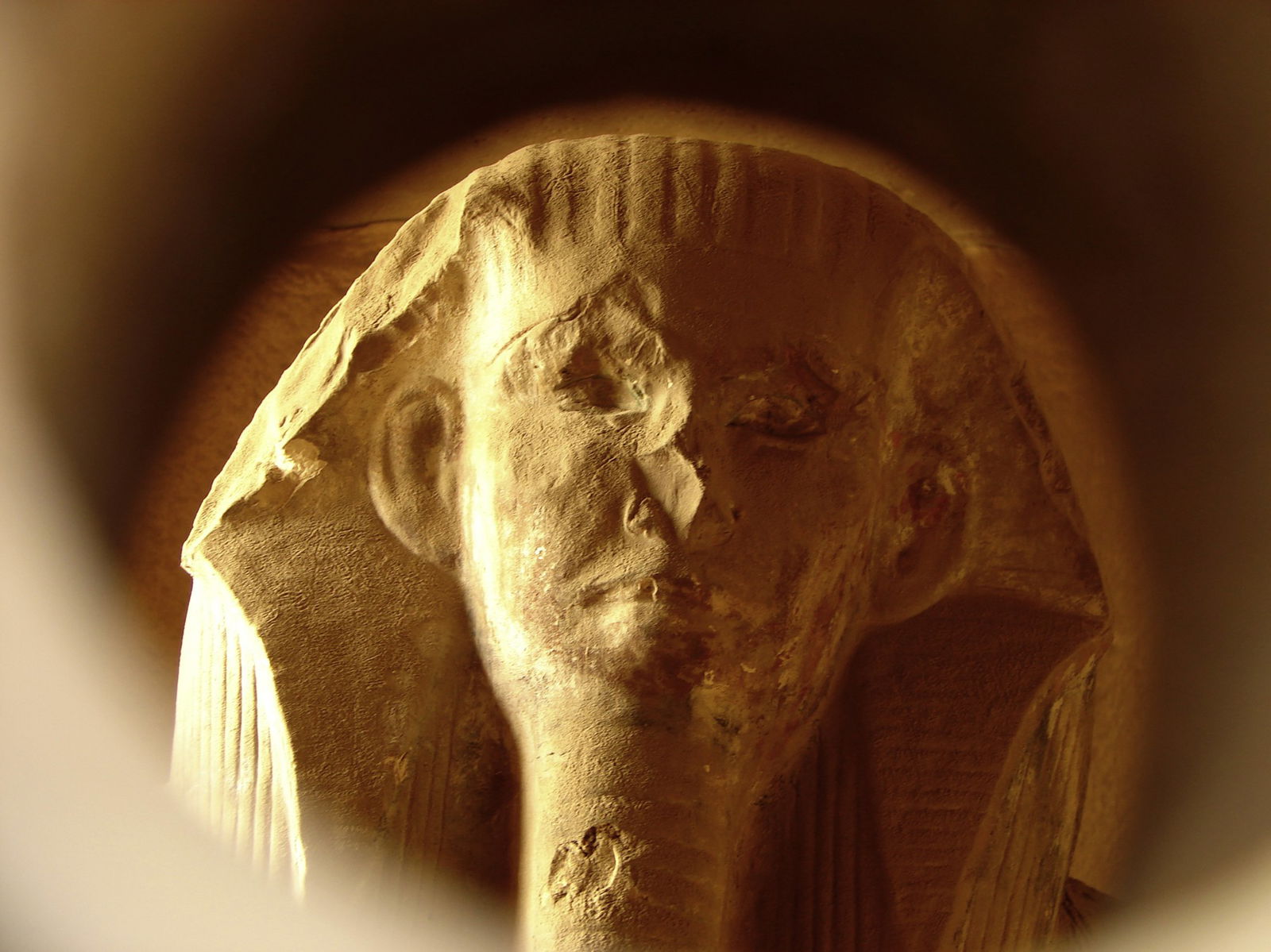


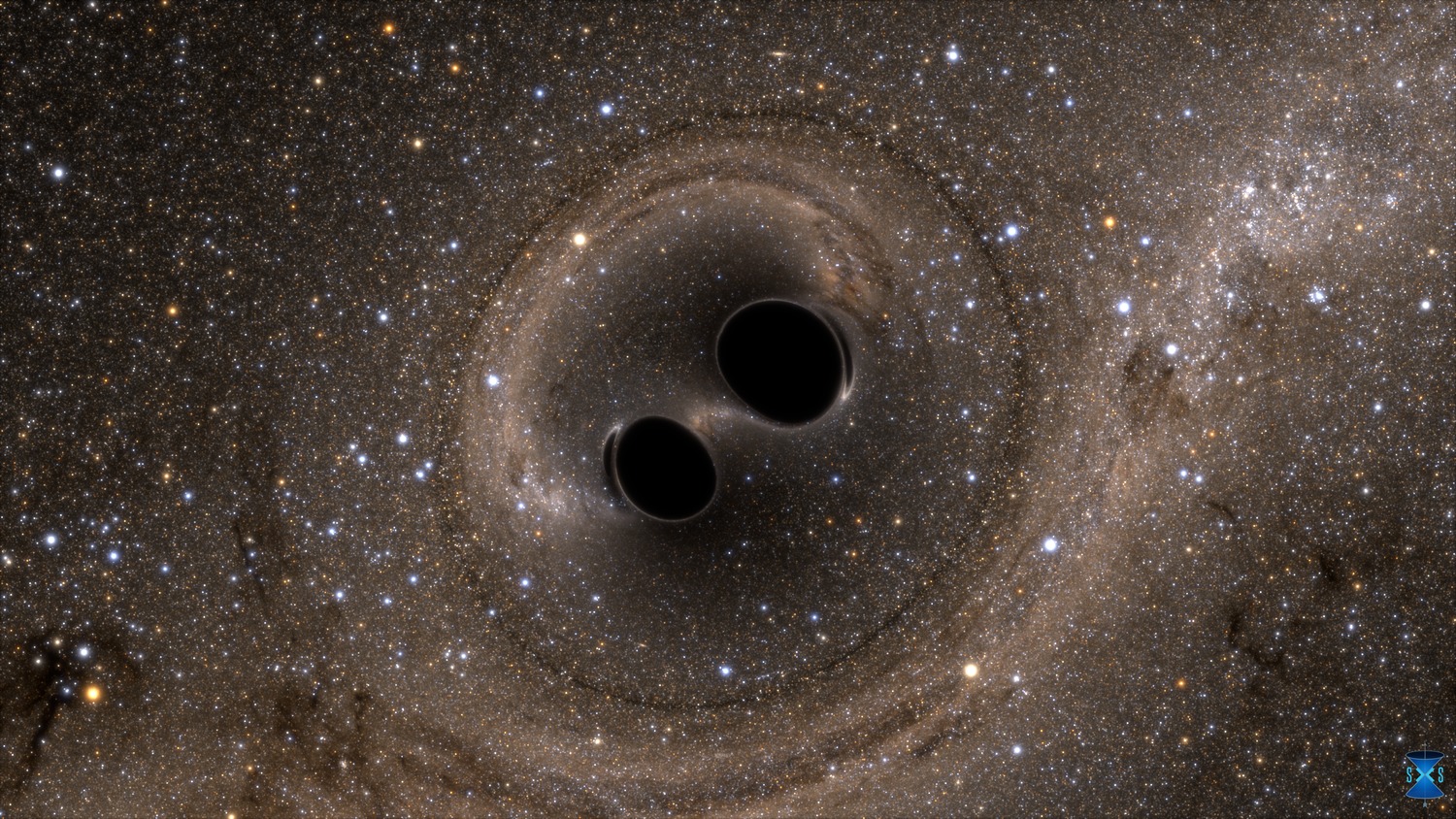
![The Italian Souls clone has been delayed, but is coming to multiple consoles [VIDEO]](https://thegeek.hu/wp-content/uploads/sites/2/2024/05/thegeek-Enotria-The-Last-Song-1.jpg)




